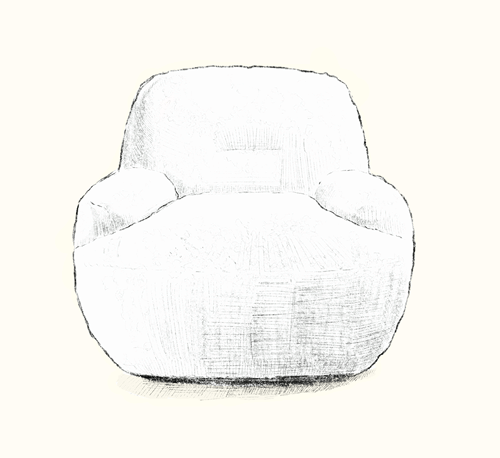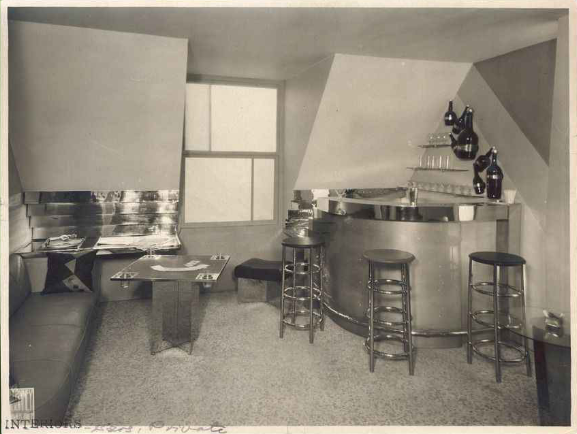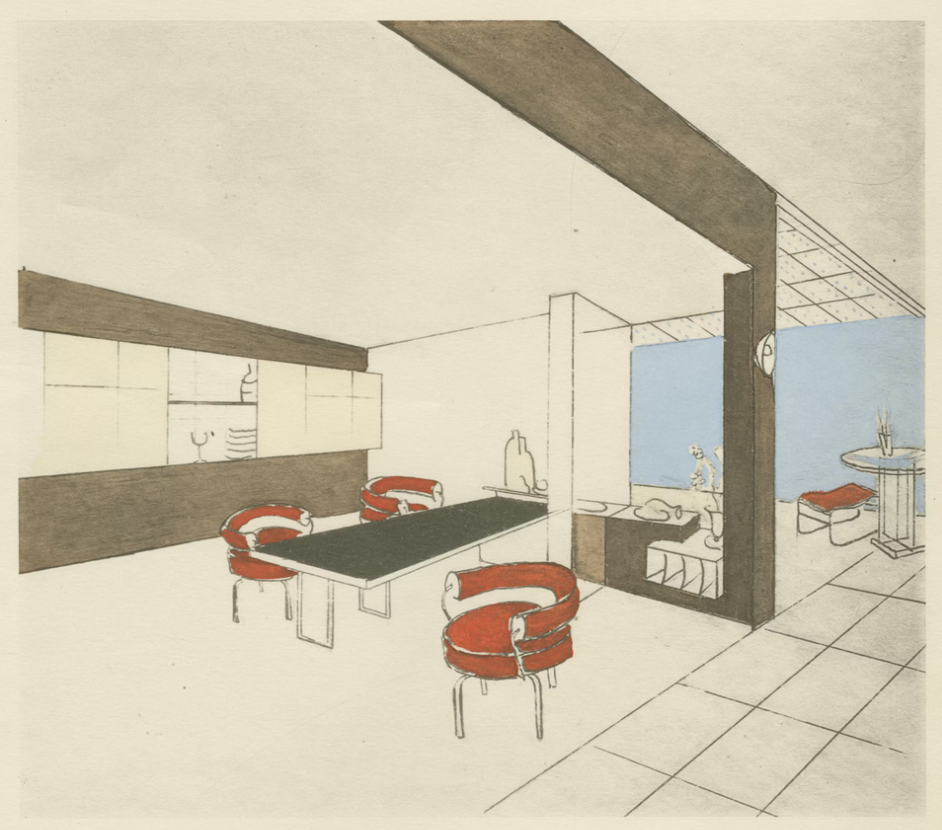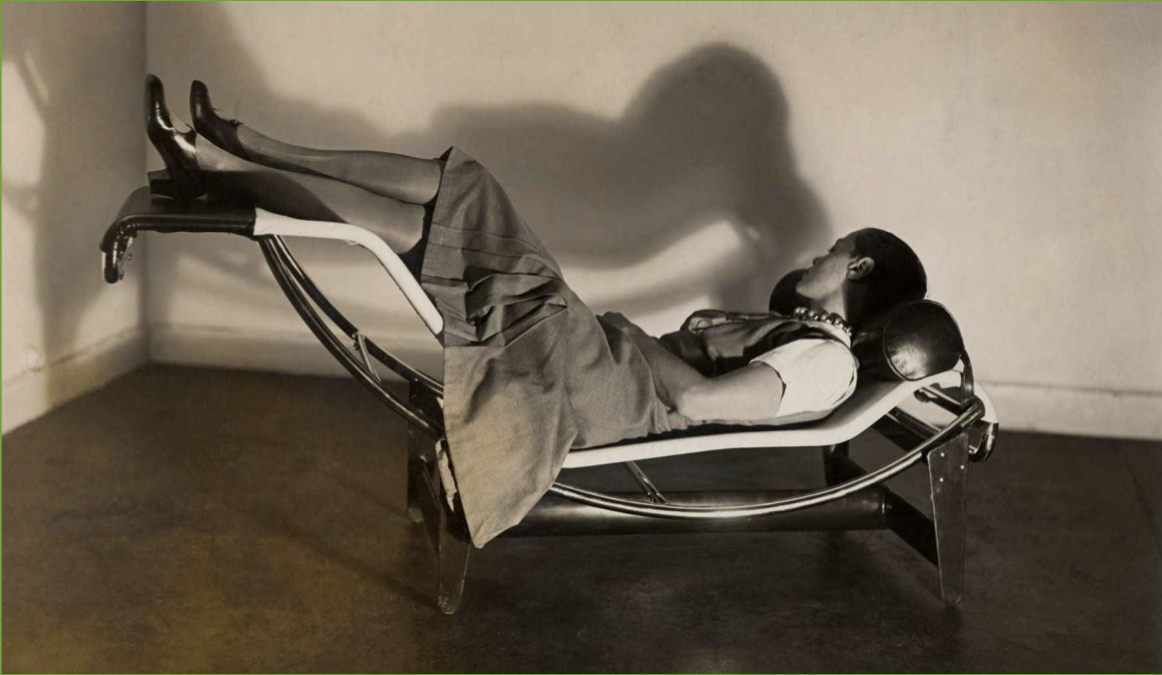Charlotte Perriand Lookbook | Mountain Architecture Lover



A Woman Ahead of Her Time
Architect, designer, and photographer, born in 1903, Charlotte Perriand traversed the 20th century, leaving an indelible mark on design and architecture. More than just a creator, she was a true visionary, an artist who knew how to reinvent the art of living by focusing on humanity within its environment. An unconventional woman ahead of her time, she refused to conform to social norms and followed her own path. She was a free and independent woman, who did not hesitate to defend her ideas and traversed the last century with a wildly modern spirit.
"For me, tradition is to build our era." Charlotte Perriand, 1963
In the early 1940s, when war broke out in Europe, she left for Japan, a country she fell in love with and immersed herself in its culture and traditions. This immersion inspired the simple and understated lines found in much of her work. Japan marked a turning point in Charlotte Perriand's life and work. There, she discovered a minimalist and functional aesthetic that profoundly influenced her approach to design.
Returning to France after the Second World War, confronted with the challenges of reconstruction, she applied these principles to the creation of collective housing. The human scale, the length of a woman's arms, the height of a child's gaze, and their habits were a source of inspiration for designing functional and uncluttered spaces. She designed practical and modular interiors, particularly for students, demonstrating that aesthetics and functionality could coexist in small spaces.
The mountains, a refuge and source of inspiration, completed this journey, leading her to design large-scale projects such as the Les Arcs ski resort, where architecture is harmoniously integrated with nature and even small spaces are equally functional.
She drew inspiration from the automobile and glass, stating in 1966 that it was "the influence of machinery".
For Charlotte Perriand, aesthetics should never be separated from functionality. Every object, every space should be designed to meet human needs and improve the quality of life. This is how she conceived interiors that were both elegant and practical, where each element has its place and contributes to creating a harmonious atmosphere.
"The subject is not the building, it's the person who is inside. How is he going to live?"
This quote alone sums up Charlotte Perriand's philosophy. For her, architecture and design are not ends in themselves, but means of creating living spaces that promote well-being and happiness.
While Charlotte Perriand's name is often associated with Le Corbusier and Pierre Jeanneret, it's important to remember that she was a unique artist in her own right. Together, they revolutionized the world of design, creating furniture and interiors that have become icons of the 20th century.
Charlotte Perriand was initially a student of Le Corbusier.
In 1927, at just 24 years old, she knocked on the door of the famous architect with round glasses, but he didn't want her: "We don't embroider cushions here." Charlotte didn't give up and invited Le Corbusier to see her first exhibition, which she set up in her own apartment called "Le Bar sous le Toit."
In this exhibition, Charlotte broke all the codes of decoration by creating a perfectly optimized space. Le Corbusier was charmed by her work and became a student in her famous studio.


During her early years at Le Corbusier's studio, Charlotte Perriand, full of ambition and innovative ideas, was given an extraordinary mission: to bring furniture to life. Le Corbusier presented her with nine challenges, nine radically different ways of sitting. Each chair had to be unique, corresponding to a specific form, use, material, and cost. But that wasn't all! She also had to consider the relationship between humans and objects.
Charlotte immersed herself completely in this project. She drew, she redrew, but the sketches remained sketches. To bring her ideas to life, she had to take action. She went in search of artisans, cabinetmakers, and welders to transform her drawings into real objects.
Among these nine sketches, one of them would mark the history of design: the fourth sketch, representing a reclining woman. Hours of work were necessary to give birth to this chair that would become an icon: the LC4. The "LC" for Le Corbusier, and the "4" for the fourth drawing.
Thus, in 1929, the LC4 chair was born. A simple yet revolutionary object that perfectly embodies the spirit of the time: a quest for modernity and functionality.

Charlotte Perriand's work continues to inspire designers and architects worldwide. Her creations, marked by simplicity and elegance, have transcended time and remain remarkably modern. By celebrating her work, we pay homage to an entire art of living.
"Art is in everything. In a gesture, a vase, a saucepan, a jewel, a glass, a sculpture, a way of being."
This quote from Charlotte Perriand reminds us that beauty can be found everywhere, in the simplest of objects as well as in grand architectural gestures. And it is this pursuit of beauty in everyday life that has made Charlotte Perriand one of the most significant figures in 20th-century design.